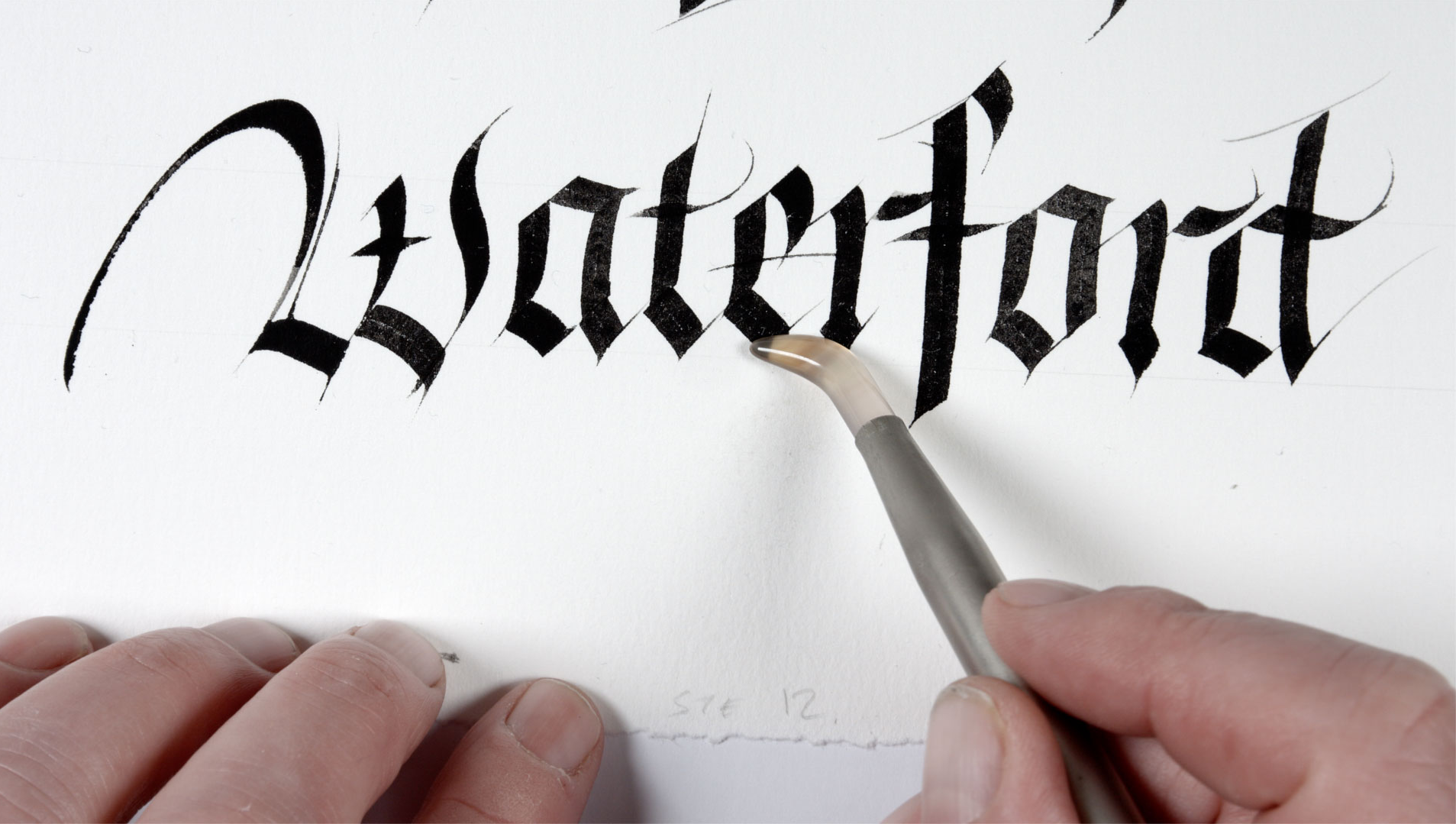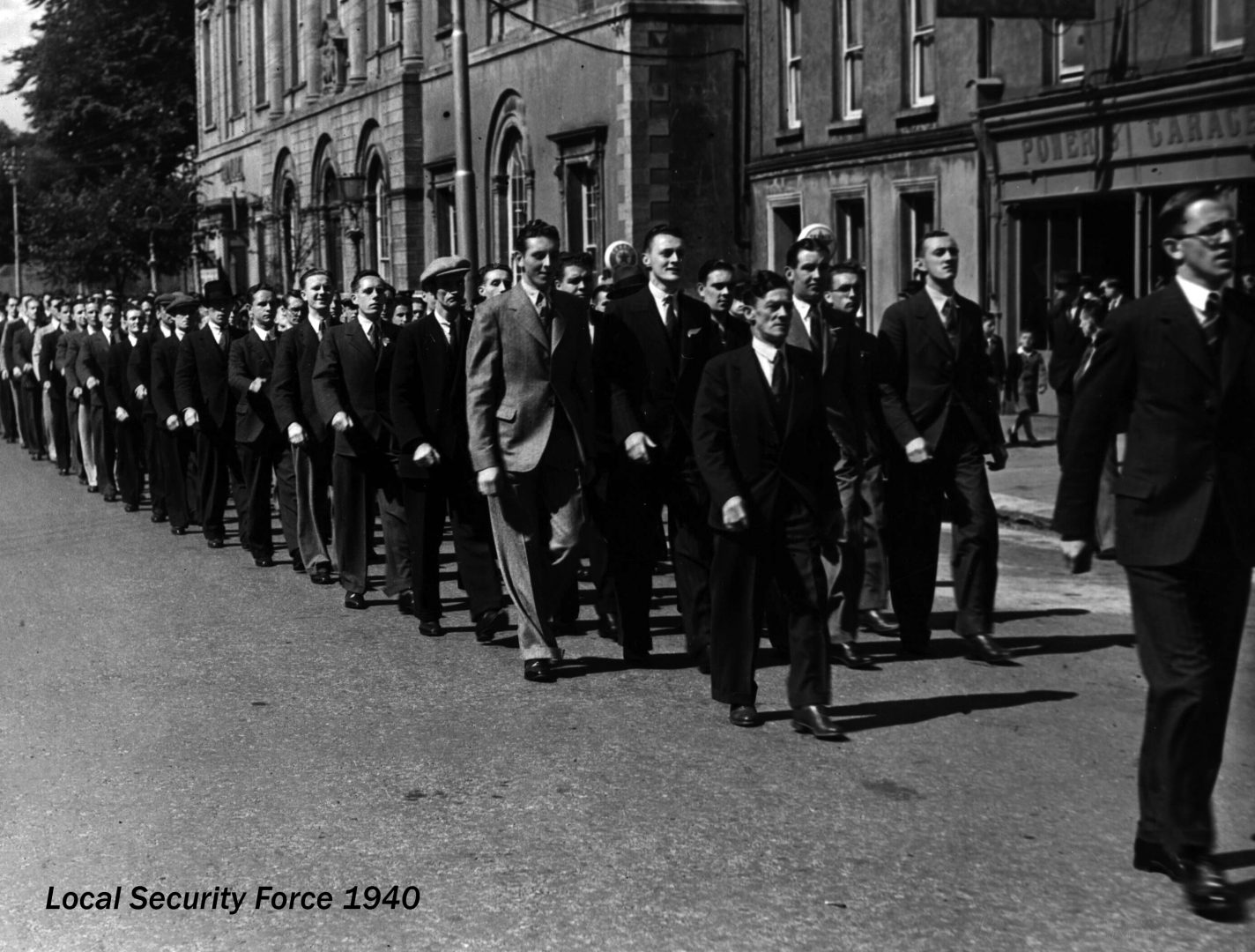
Did you know that the Bishop’s Palace holds the largest collection of historic Waterford glass in the world? Have you been to the see the Penrose decanter? It is the oldest piece of Waterford glass in the world! It was made in 1789 and has the words ‘Penrose Waterford’ moulded on the base. It has a wide pouring lip – a common trait in early Penrose decanters.
Here’s a little background about how the now world-famous glass factory came to be…
The glass factory in Waterford was established by George Penrose and his nephew, William, in 1783, and it was in operation until 1851. The glass produced in Waterford was so prized for the quality of its craftsmanship that the National Museum of Ireland began to acquire examples from as early as 1880.
George and William Penrose were Quakers. In the latter half of the 18th century, they were among the chief merchants of the city, dominating the overseas provisions trade. By the 1780s they had accumulated considerable wealth from their various business interests and were seeking suitable investment opportunities. They were entrepreneurs who had dabbled in many commercial enterprises, including pork and timber, with considerable success. Their decision to invest in a glass factory in Waterford was prompted by the fact that by 1780 the prohibitive excise duties imposed on Irish-manufactured glass were removed while at the same time the excise duty imposed on glass manufactured in England was doubled.
Neither of the Penroses knew anything about glass making. They initially invested the enormous sum of £10,000 in the Waterford factory and employed the renowned English glass maker, John Hill, to manage the factory and recruit other skilled workers from England. John Hill was also a Quaker. The opening of the factory was mentioned in the Dublin Evening Post with the announcement that the ‘Waterford Glass House’ was ‘ready to receive orders’ and was manufacturing ‘all kinds of plain and cut flint glass’. By 1784, the Penroses claimed that they could produce flint glass ‘as fine a quality as any in Europe’ and that they could supply ‘every article in the most elegant style’.
Following the establishment of the glass manufactory in Waterford by George and William Penrose in 1783, the fledgling industry obtained a number of prestige commissions which no doubt contributed to the early commercial success of the industry.


